Like any vehicle, the Jeep Grand Cherokee needs refrigerant in order for its air conditioning system to operate properly. But how do you add refrigerant if you don't want to go to a professional? Let's take a look at the steps below.
In order to add refrigerant to your Jeep Grand Cherokee, follow these steps:
- Open the hood.
- Locate the low-pressure port.
- Turn on your vehicle.
- Next, turn on the A/C to the max setting.
- Open the doors to the vehicle.
- Locate the A/C compressor.
- Attach the gauge and check the PSI reading.
- Connect refrigerant to the low-pressure charging port.
- Fill refrigerant until PSI reading is between 26-50 PSI.
- Turn off the Jeep Grand Cherokee.
- Remove the refrigerant hose.
- Replace the low-pressure cap.
- Check A/C for cold air.
It may seem confusing, especially with there being so many steps, but adding refrigerant to your Jeep Grand Cherokee is not that difficult. That's why in this article, we will explain each step in detail to ensure that you can do it on your own correctly. In addition, we will answer other questions about troubleshooting a Jeep Grand Cherokee's A/C system, so read on!
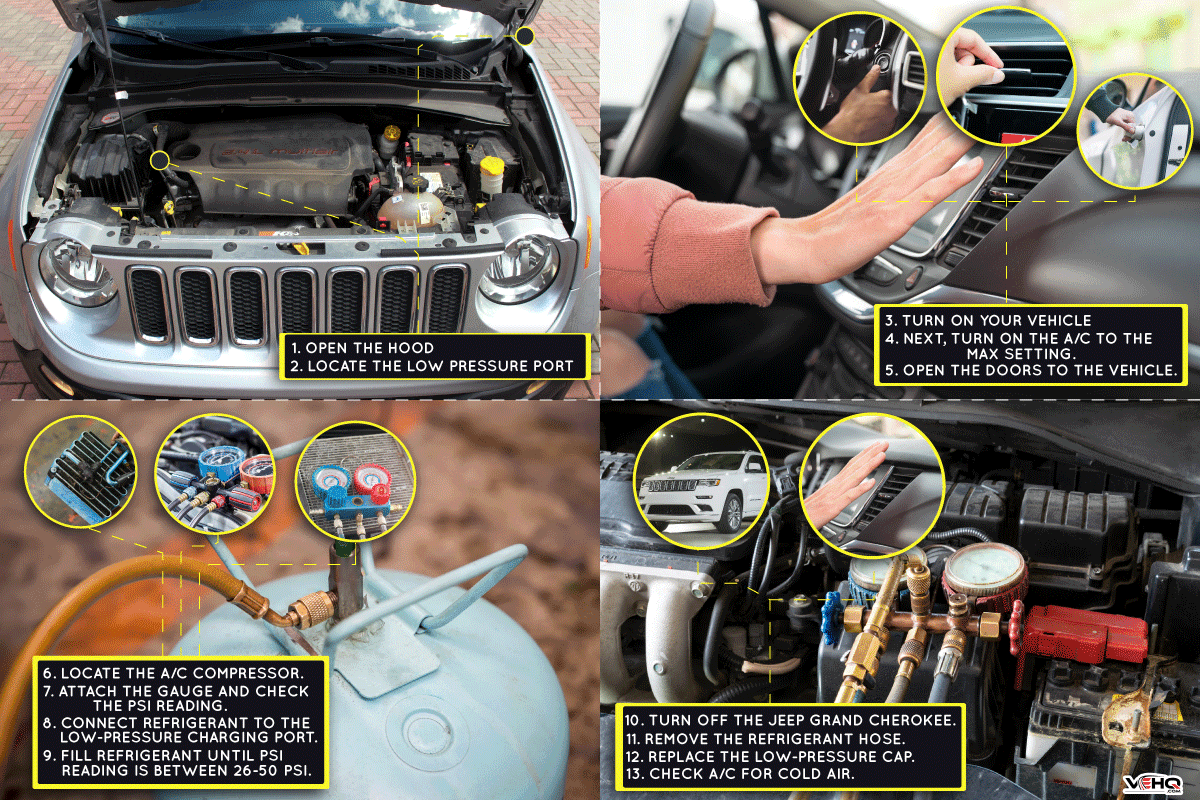
Steps To Adding Refrigerant To A Jeep Grand Cherokee
Refrigerant, also referred to as "Freon," is what cools the air inside your car when you turn on the A/C. Your car's A/C system does not generate cold air, but it removes heat from the air inside your car using refrigerant and then blows cooled air into the cabin.
Over time, refrigerant can leak out of your car's A/C system. When this happens, you will need to add more refrigerant. If you don't, your car's A/C will not work as well and may eventually stop working altogether.
If you don't add more refrigerant, not only will the A/C system stop working but it can cause severe damage to the A/C system. So, if your Jeep Grand Cherokee is low on refrigerant, it is important to add more as soon as possible.
Here are the steps you need to follow to add refrigerant to your Jeep Grand Cherokee:
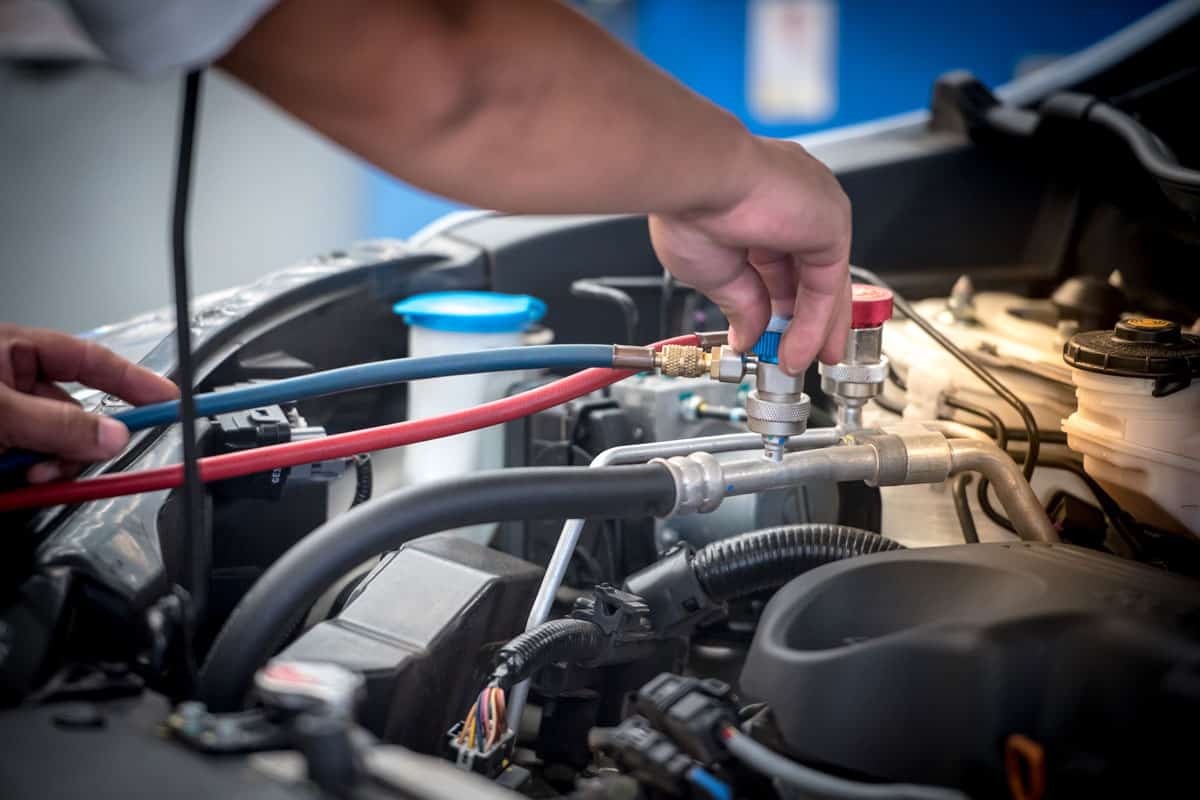
Open the Hood And Locate The Low-Pressure Port
The first step is to open the hood of your Jeep Grand Cherokee. Once you have done that, locate the low-pressure port. The low-pressure port is usually located near the A/C compressor.
If you are unsure where the low-pressure port is, consult your Jeep Grand Cherokee's owner's manual. To help, the low-pressure port usually is labeled with an "L."
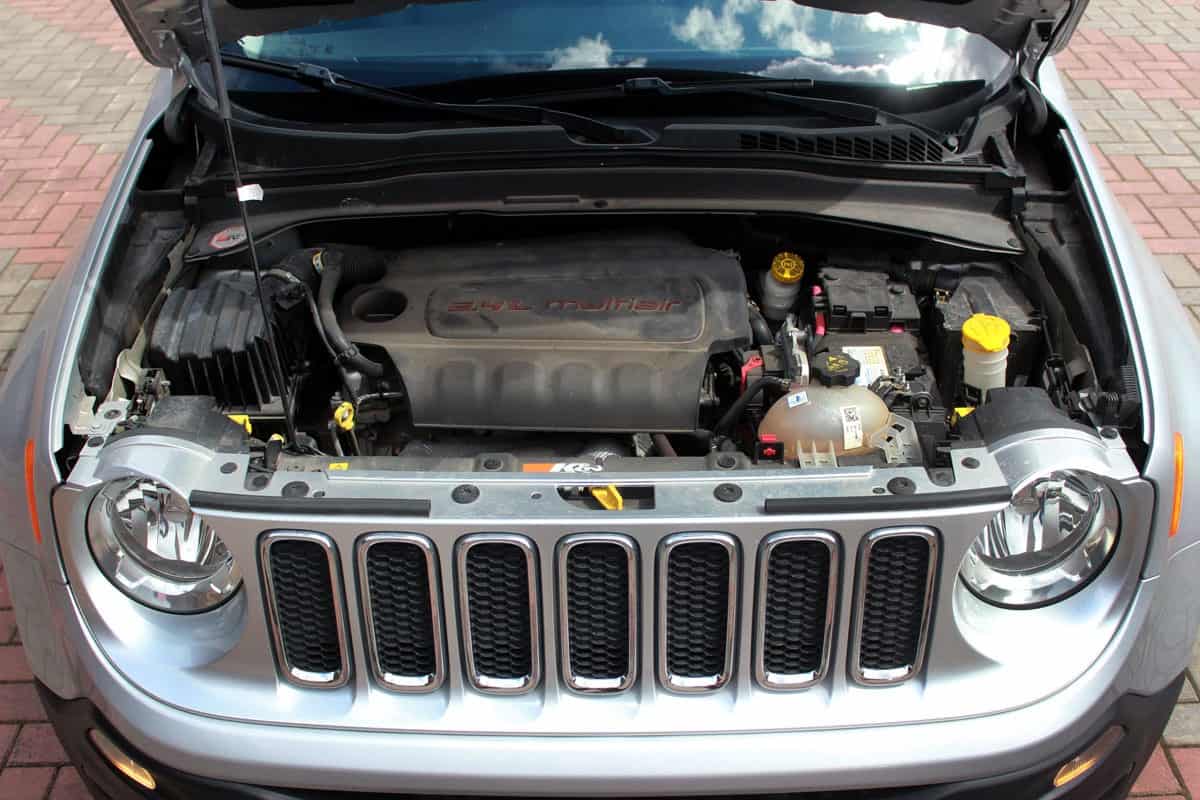
Turn On Air Conditioning To Max
Next, you will need to turn on the vehicle and set the air conditioning to the max setting. Doing this will help ensure that the A/C system is working properly and will make it easier to add refrigerant.
In addition, ensure the A/C is also on the coldest setting. Doing this will help the A/C system cool down quicker so that you don't have to wait as long for the A/C to start blowing cold air.
Open The Doors
After you have turned on your Jeep Grand Cherokee and set the A/C to the max setting, open all of the doors to the vehicle. This will ensure the air conditioning doesn't cycle on and off during the process.
Locate The A/C Compressor And Attach Gauge
Now, you will need to locate the A/C compressor. The A/C compressor is usually located near the front of the engine bay on the driver's side.
Once you have located the A/C compressor and made sure it is spinning, attach the gauge to the low-pressure port. Doing this will allow you to check the pressure in the A/C system and ensure you are adding the correct amount of refrigerant.
If you are unsure how to attach the gauge, consult your Jeep Grand Cherokee's owner's manual or the instructions that came with the A/C gauge.
The PSI reading will first go high and then cycle down. Once, it hits the lowest PSI number, that is the current PSI of your A/C system.
Connect Refrigerant Hose To Low-Pressure
Now, using Freon or your refrigerant of choice, connect the low-pressure side of the hose to the low-pressure port.
Be sure that you do not overtighten the connection, as doing this can damage the threads on the low-pressure port. If you are unsure how tight is too tight, again, consult your Jeep Grand Cherokee's owner's manual.
Fill The A/C System With Refrigerant
With the connection secure, open the valve on the refrigerant can and fill the A/C system with refrigerant. It's important to watch your gauge while doing this. The goal is to be between 26-50 PSI.
Don't go over 50 PSI, as this can damage your A/C system. If you accidentally go over 50 PSI, you will need to release some of the refrigerant by depressing the valve on the gauge.
Turn Off Vehicle And Remove Refrigerant Hose
Once you have reached the correct PSI, turn off your Jeep Grand Cherokee and remove the refrigerant hose from the low-pressure port. Then, replace the low-pressure port cap. Be sure to properly store any leftover refrigerant for future use.
Check A/C System
Finally, you can check your A/C system to ensure it is working properly. Start your Jeep Grand Cherokee, and turn on the air conditioning. If it is blowing cold air, then you have successfully added refrigerant to your Jeep Grand Cherokee.
Why Is My Jeep Grand Cherokee A/C Not Blowing Cold Air?
If there is still no cold air coming from the vents after successfully adding refrigerant to your Jeep Grand Cherokee's A/C system, there could be something else wrong. Let's take a look at possible issues.
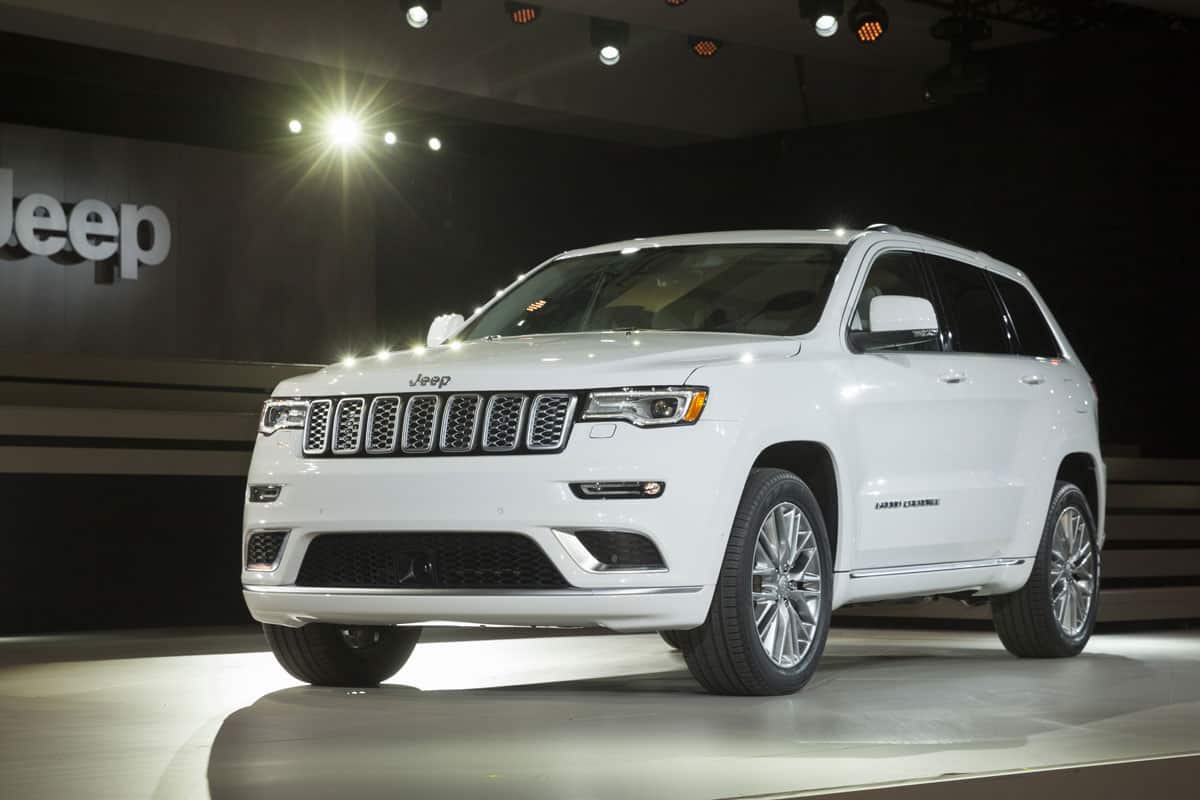
A/C Compressor Not Working
The first thing you should check is whether the A/C compressor is working. The A/C compressor is responsible for pressurizing the A/C system and is usually located near the front of the engine bay on the driver's side.
To check if the A/C compressor is working, start the Jeep Grand Cherokee, and turn on the A/C. Then, open the hood and locate the A/C compressor. If the compressor is not spinning, then it will need to be replaced.
Failing Compressor Clutch
The clutch located on the compressor is responsible for engaging and disengaging the compressor. If the clutch is not working, then the compressor will not work either.
You can check if the clutch is working by starting the Jeep Grand Cherokee and turning on the A/C. Then, open the hood and locate the A/C compressor.
The compressor should have a pulley that is connected to the engine by a belt. If the pulley is not spinning, then the clutch is most likely not engaging.
You can check the clutch by using a voltmeter to see if there is power going to the clutch. If there is power but the clutch isn't spinning, then it's likely bad. However, if there is no power, then it could be one of the following issues.
Click here to see this voltmeter on Amazon.
Blown Fuse
Without power, the clutch will not engage and the compressor will not work. The first thing you should check is whether there is a blown fuse.
The fuse box is usually located under the hood, but it can also be located in the interior of the Jeep Grand Cherokee. Consult your owner's manual to find the exact location of the fuse box.
Once you have located the fuse box, open it and look for a blown fuse. If you find a blown fuse, replace it with a new one, and see if the A/C compressor clutch engages.
Failed Cycling Switch
The cycling switch is responsible for turning the compressor on and off. If the switch has failed, then it will not send power to the compressor clutch even if there is power going to the A/C system.
You can check this by opening the doors and turning the A/C onto the max setting. If the A/C turns off intermittently, then the cycling switch is likely bad.
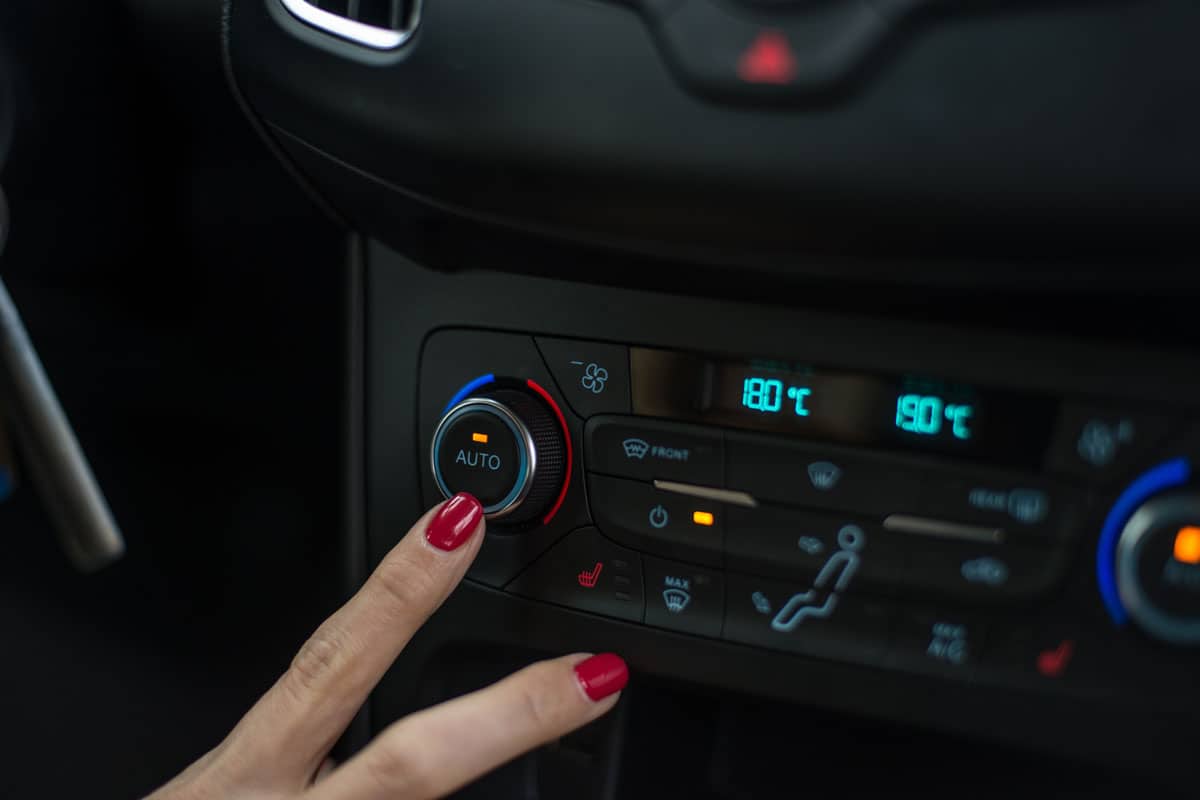
Refrigerant Leak
Leaks within your system are common and can cause your A/C to not work properly. If there is a refrigerant leak, then the pressure in the system will drop and the compressor will not engage.
One way to check for a refrigerant leak is to use a pressure gauge to check the pressure in the system. If there is a significant drop in pressure, then there is likely a leak.
You can also take your Jeep Grand Cherokee to a professional to have it diagnosed. They will likely use a leak detector to find the source of the leak.
Failing Condenser
The condenser is responsible for cooling the refrigerant before it goes into the evaporator. If the condenser is not working, then the refrigerant will not be cooled, and your A/C will not work properly.
Usually, there is a burning smell coming from the engine bay, which is an indication that the condenser is overheating.
If the condenser is not working, then it will need to be replaced.
Faulty Evaporator
The evaporator is responsible for cooling the air that is circulated through the Jeep Grand Cherokee. If the evaporator is not working, then the A/C will not work properly.
One of the easiest ways to know if the evaporator is bad is by a foul odor coming from the vents. It will most likely smell like refrigerant.
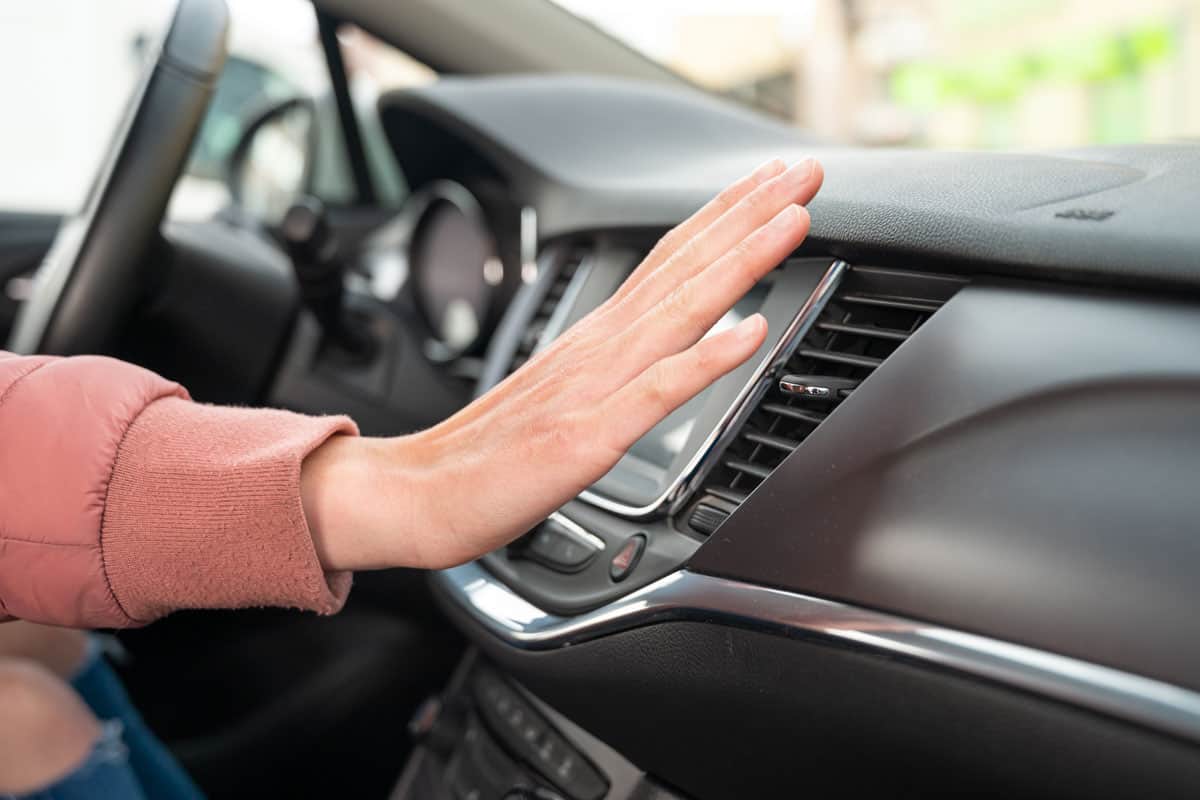
Final Thoughts
If you are still having issues with your A/C after trying these troubleshooting tips, then it's best to take your Jeep Grand Cherokee to a professional.
They will be able to diagnose the issue and make the necessary repairs. Trying to fix an A/C system can be difficult and complicated, so it's best to leave it to the professionals.
Made it to the end? Here are other articles you might enjoy:
Why Is My Freon Gauge In The Red – What To Do?

